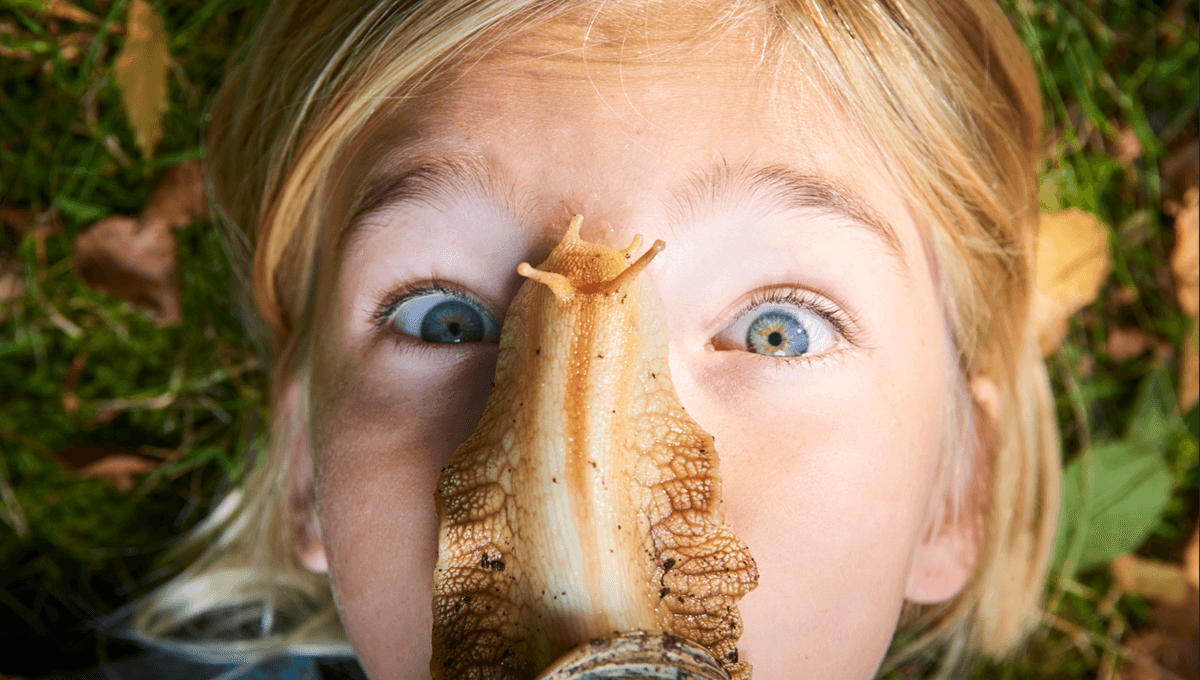The World's Largest Snails Keep Taking Over US Ecosystems – Will They Again?

The World's Largest Snails Keep Taking Over US Ecosystems – Will They Again?
When the world’s largest land snail, the Giant African Snail, ends up in an ecosystem where it isn’t native, trouble often follows. In a series of slow-motion invasions, this voracious species has repeatedly turned up beyond Africa, including on US soil, where it poses a persistent headache for those battling invasive species.
The rest of this article is behind a paywall. Please sign in or subscribe to access the full content. Native to East Africa, the Giant African Snail (Lissachatina fulica) has managed to spread far beyond its homeland, taking over many of the continent’s forested regions, including those on its nearby islands such as Mauritius and Madagascar. A natural globetrotter, it has even managed to cross oceans, establishing itself in parts of the Americas. The species was first reported in Hawaii in 1936, then appeared on the continental US mainland in 1966. The story goes that a young boy in Miami returned from a trip to Hawaii with three snails tucked in his pocket. His grandmother, thinking nothing of his holiday souvenir, released them into her garden. Within just seven years, those three snails had multiplied into more than 18,000 roaming the neighborhood. A giant African snail attempting to look cute. Image credit: Neskuchniy071 Vladimir/Shutterstock.com It’s also suspected that the country has a steady stream of snails being introduced via the pet trade, where escapees sometimes slip into the wild, and international cargo, which provides ample opportunities for rogue snails to stow away. A few states have had their run-ins with the invasive African snail, but there have been repeated encounters in Florida, where the hot and humid climate in the southern latitudes mirrors the tropical habitat of the species. After the first detection in the 1960s, the Florida population was successfully stamped out (not literally) by 1975. The issue resurfaced in 2011 with numerous sightings in Miami-Dade County, resulting in another temporary eradication in 2021. Yet, in June 2023, the snails reappeared once again, this time in Broward County, South Florida. Experts from the Florida Department of Agriculture and Consumer Services dealt with it using the same method used in previous infestations: sprinkling the impacted area with a metaldehyde-based pesticide that targets slugs and snails. Over the decades, these eradication programs have cost tens of millions of dollars, although that's arguably a small price to pay. Left unchecked, the shelled invaders have the potential to devastate agriculture, leave ecosystems in disarray, and spark public health problems. In their native range, Giant African Snails fit into the ecological balance without much trouble. But abroad in unprepared environments, they become a major annoyance, growing to the size of a large rat and devouring more than 500 plant species, including crops and rare flora. To make matters worse, they carry rat lungworm, an unpleasant parasite capable of infecting humans and causing serious illness. "The parasitic nematode that causes rat lungworm can be present in the slime of the snail. So if a person comes in contact with the snail, the nematode present can then enter the person's body, eventually making its way into the brain," Mark Fagan, a spokesperson for the Florida Department of Agriculture, told National Geographic in 2013. They also breed like rabbits under the right conditions. A study in 2016 reads: “Studies have shown that a 6-month-old snail is capable of laying 100 eggs, with the number of eggs increasing in subsequent years from 200–1,800. Population modelling indicates that under ideal growth conditions, 100 hatchlings were theoretically capable of producing a population in excess of 1,000 individuals within 270 days.” Despite repeated eradication efforts, the Giant African Snail remains a lurking threat. Its size, appetite, rapid reproductive rate, and potential to carry disease make it more than just a garden nuisance – it’s a full-blown hazard to public health and agriculture. Significant numbers of the oversized shelled pests haven’t been officially documented in the Sunshine State since the last blow-out in 2023, although it seems only a matter of time before authorities are forced to play “whack-a-mole” with another infestation.


